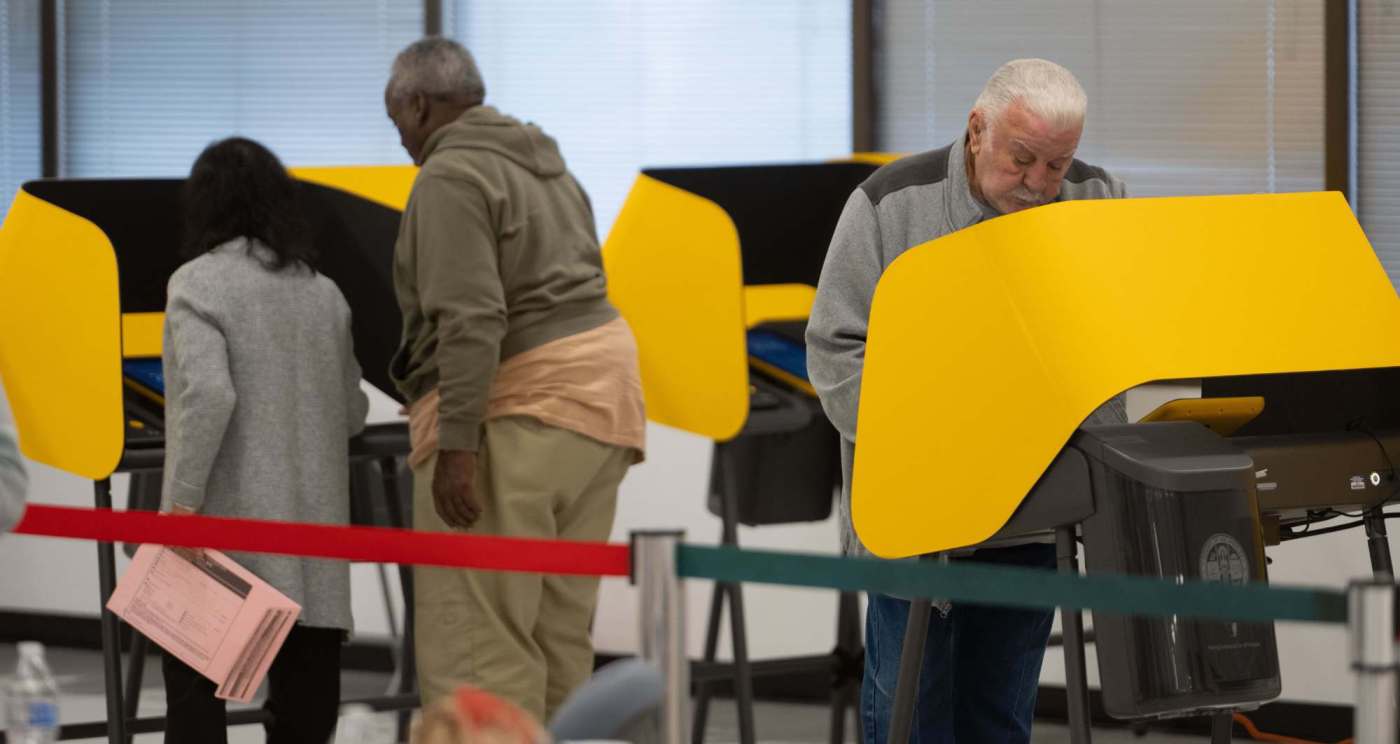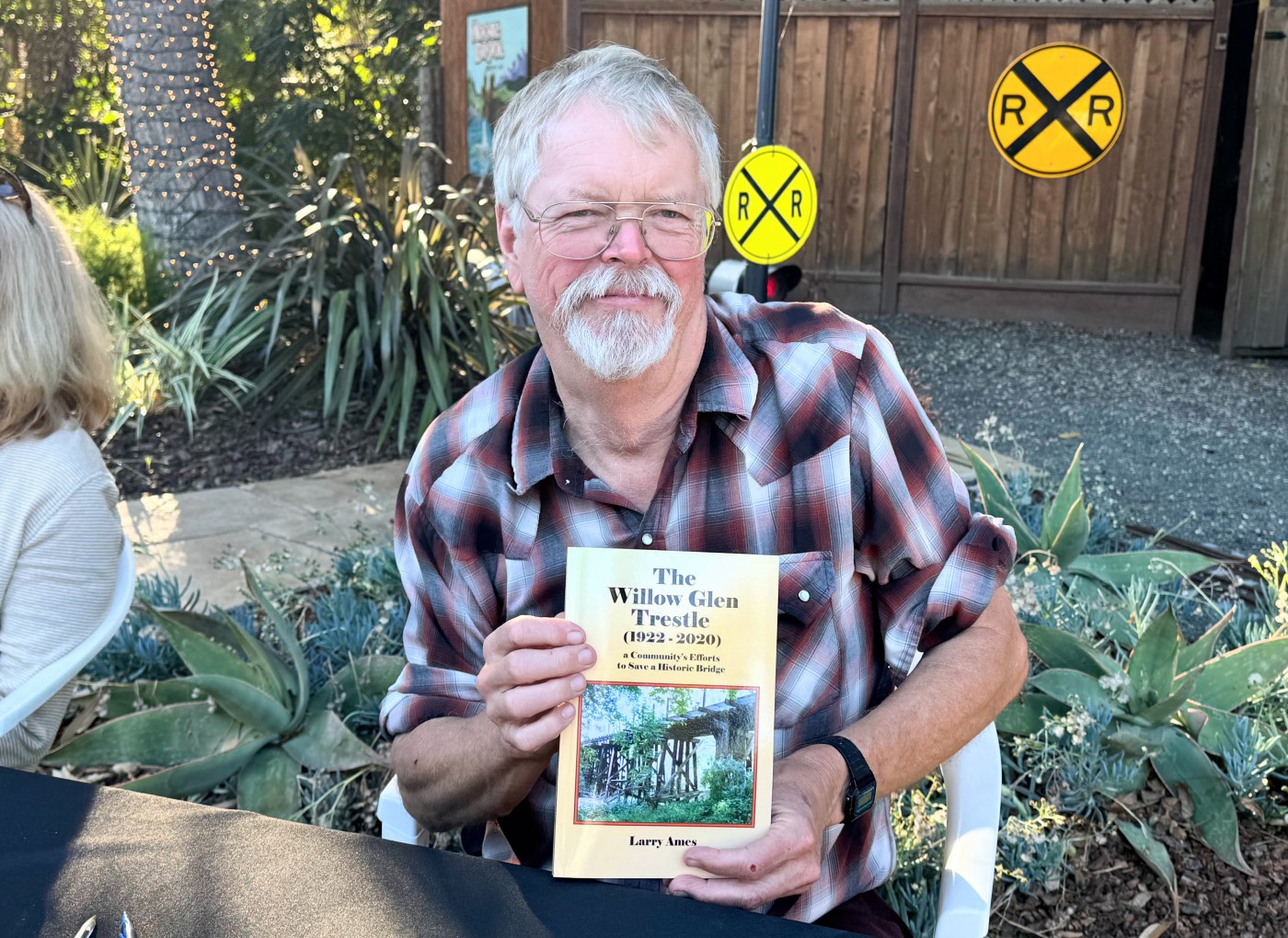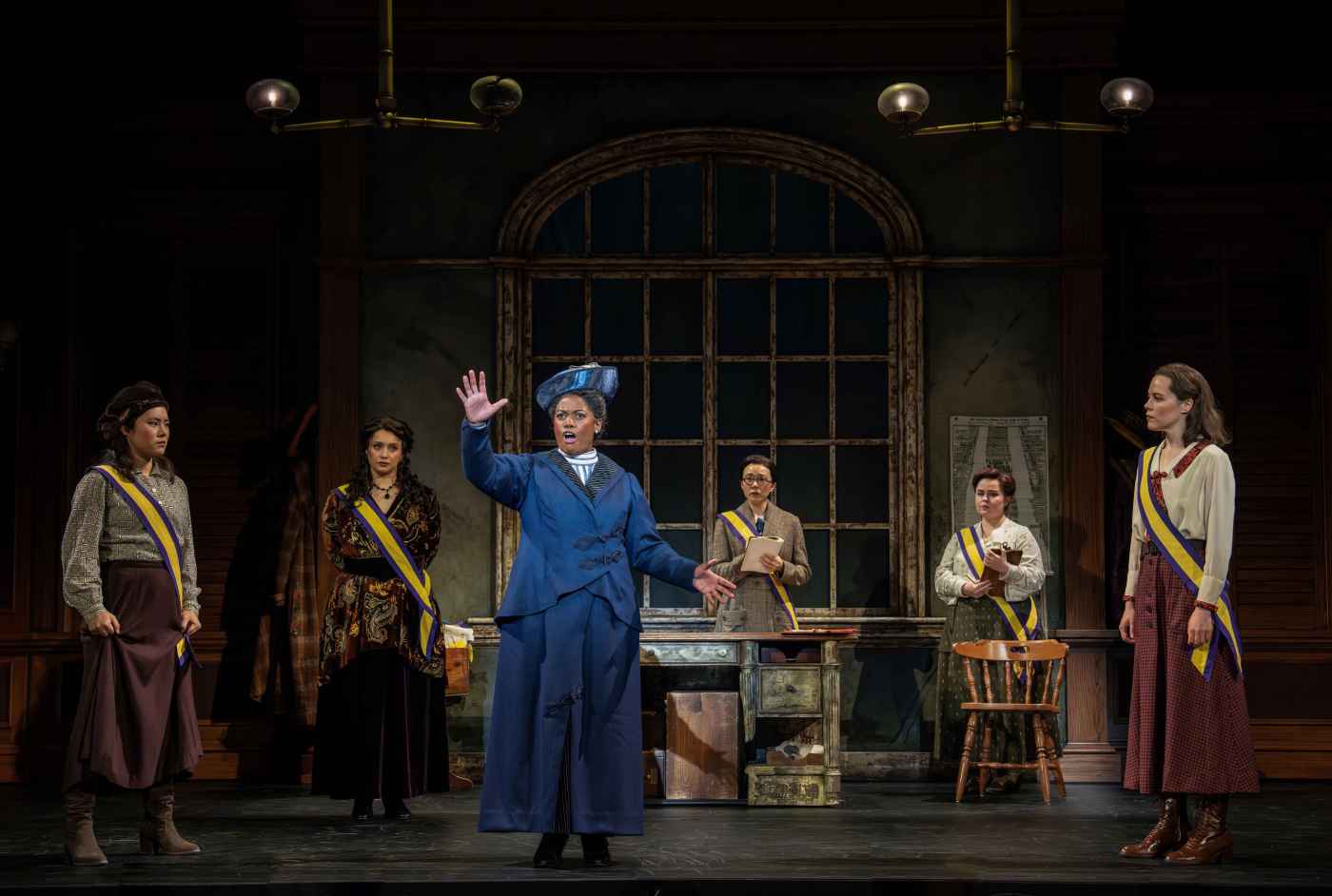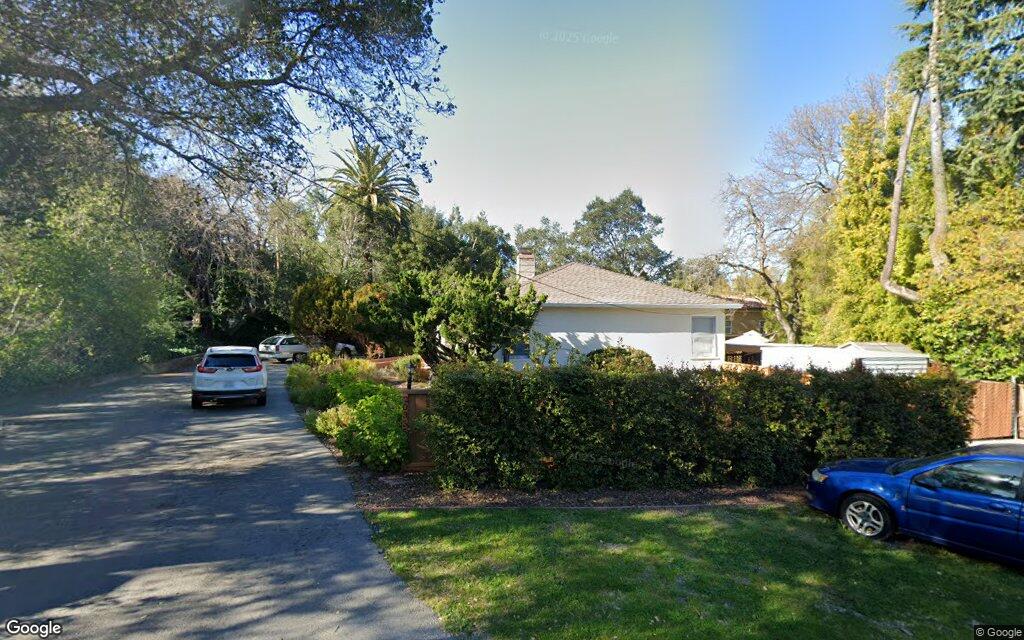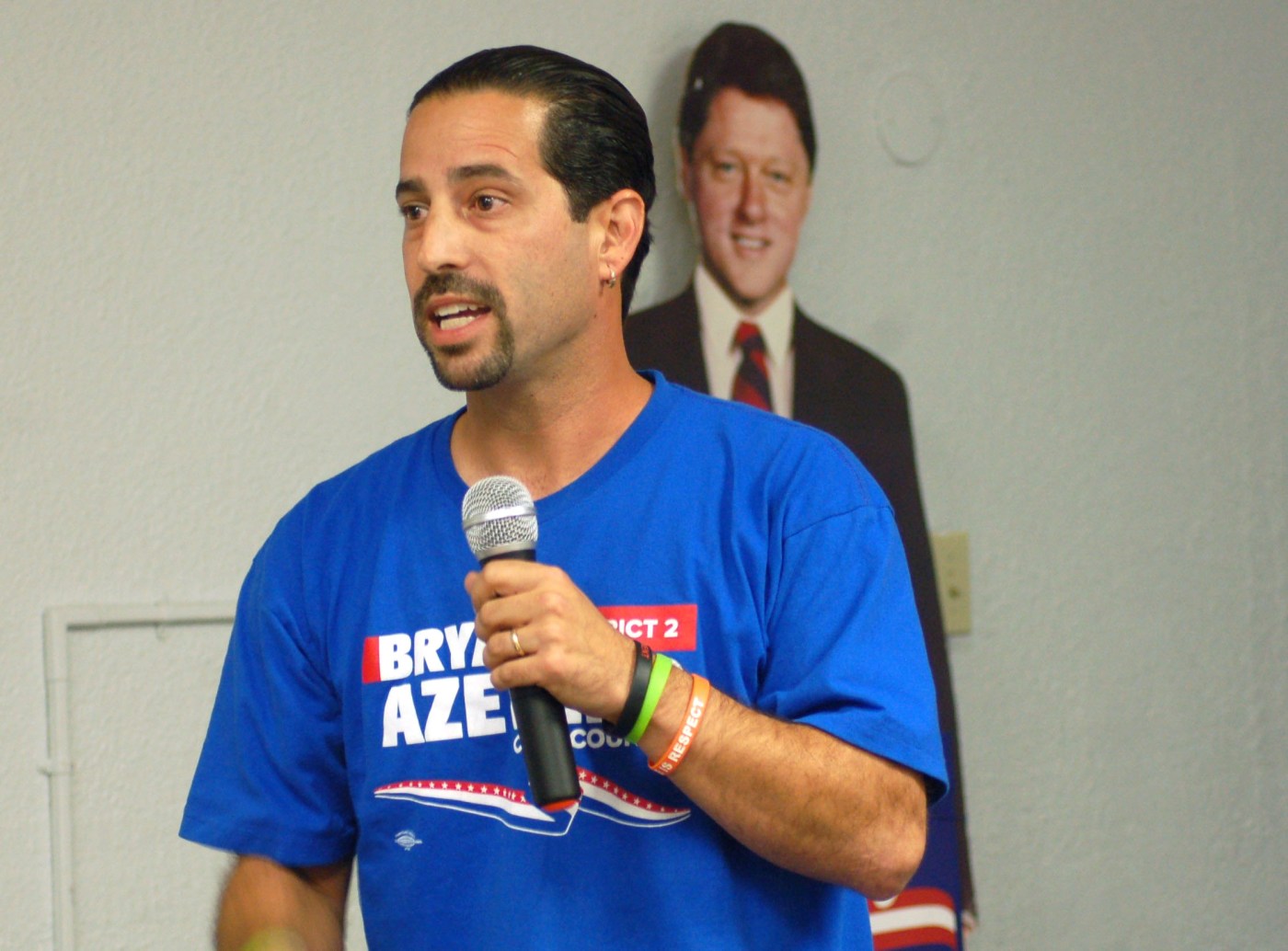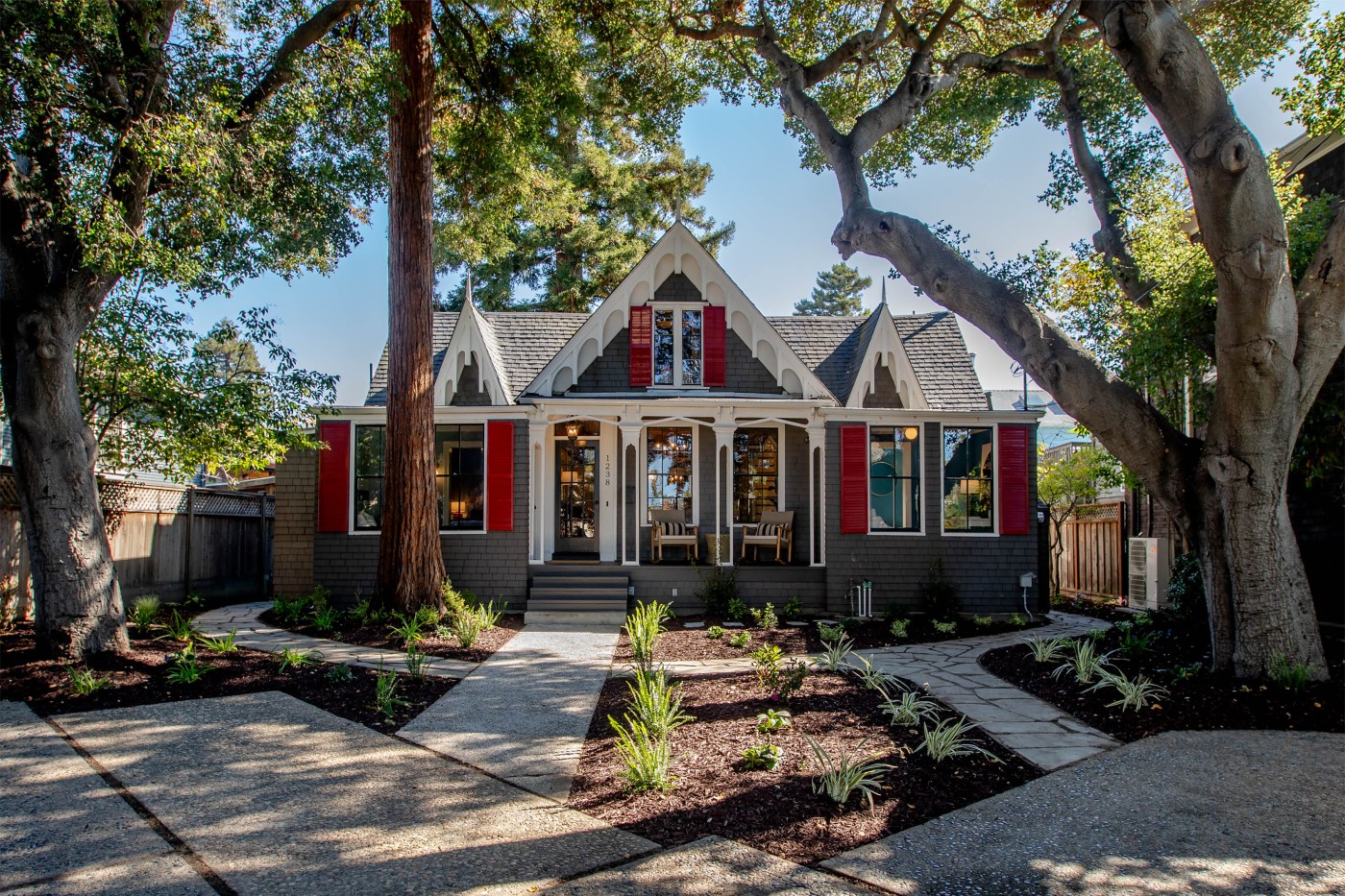California voters are turning in their ballots for the special election on redistricting at a faster rate at this point in the election — about a week out before Election Day — than in previous elections, according to one prominent data analyst.
But it’s too soon to say whether that will mean a higher voter turnout overall for the special election.
RELATED: Bay Area partisans are fired up over Prop 50 contest. Others? Not so much
Over 4.5 million ballots were cast, either by mail or in person, as of Sunday, Oct. 26, according to the California secretary of state’s office.
Related Articles
Will the government shutdown impact California’s election on Prop. 50?
Bay Area partisans are fired up over California’s Prop 50 contest. Others? Not so much
‘Yes on Prop 50’ campaign vastly outspends opponents as Election Day nears
The five California Republicans who could lose their seats in Congress if Prop 50 passes
Borenstein: Proposition 50 provides California’s only hope to rein in Trump
The secretary of state’s office sent more than 23.2 million vote-by-mail ballots to registered voters in recent weeks. Eligible voters who did not register to vote by the regular deadline, and therefore weren’t sent a mail-in ballot, may have cast a conditional or provisional ballot in person instead. Their votes are included in Sunday’s tally.
According to the secretary of state’s data, just under 20% of registered voters in the state had cast their ballot as of Sunday. This included roughly 15% of registered voters in Los Angeles County, 22% in Orange County, 19% in Riverside County and 14.5% in San Bernardino County.
Data analyst Paul Mitchell, vice president of the firm Political Data Inc., said Monday that voter turnout has been coming in faster than during last year’s presidential election at this point. But, he added, that could be because there’s only one item on the ballot this time rather than multiple races or measures that would require a voter to spend more time deciding how to vote on all the different races before returning their ballot.
“We have a faster return of ballots than prior statewide elections. However, there’s not a way to say definitively whether this is because we’re on course to a higher turnout, or it’s that we’re just seeing people return (their ballots) more quickly,” said Mitchell, who was instrumental in drawing the new proposed congressional maps that would be adopted if Proposition 50 passes.
RELATED: Everything Bay Area voters need to know before Nov. 4 election
Prop. 50 is the mid-decade redistricting effort to adopt new, gerrymandered maps impacting California’s congressional districts to benefit Democrats. Gov. Gavin Newsom and others who support the move say they’re doing this to counter similar gerrymandering efforts by Republicans in red states who, at the urging of President Donald Trump, are trying to secure additional seats for the GOP to ensure their party retains control of the House after next year’s midterm elections.
Both parties have accused the other side of attempting to “rig” the elections.
Over the years, the majority of voters in California have switched to voting by mail or dropping off their ballots at a ballot drop box, rather than voting in person.
But in-person voting remains an option, and the first batch of vote centers opened, in counties where this is an option, on Saturday.
Election Day is Tuesday, Nov. 4, with polls closing at 8 p.m. Remember, if you are still in line to vote at 8 p.m., you can remain in line and still vote.
Ballots sent to registered voters come with prepaid postage and return envelopes, and must be postmarked on or before Election Day, and arrive to county elections offices no later than seven days after Nov. 4, to be counted.
